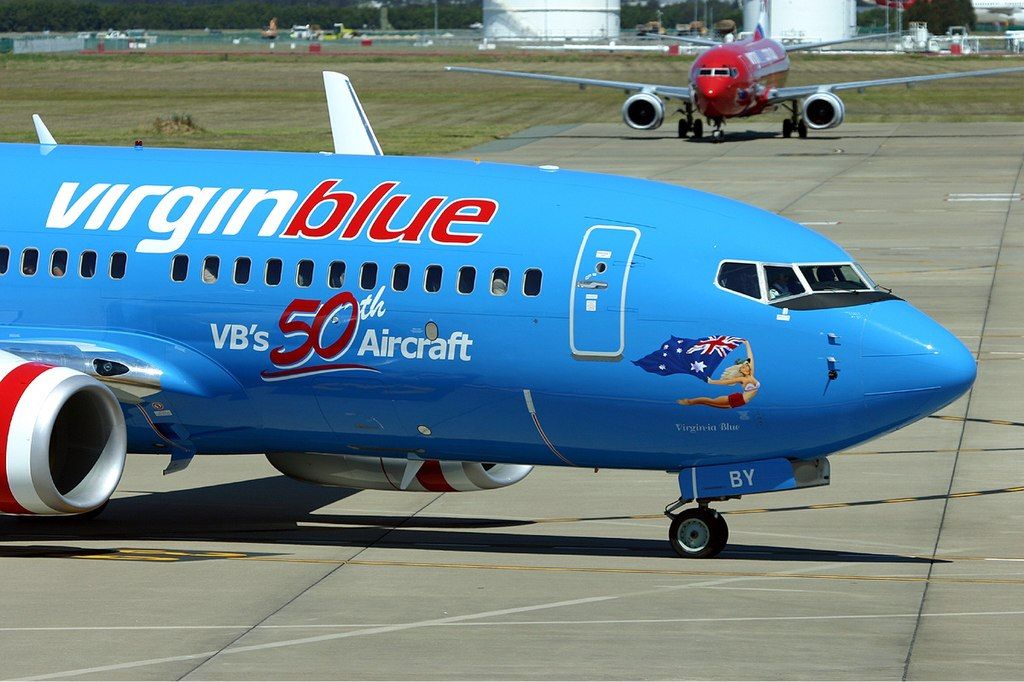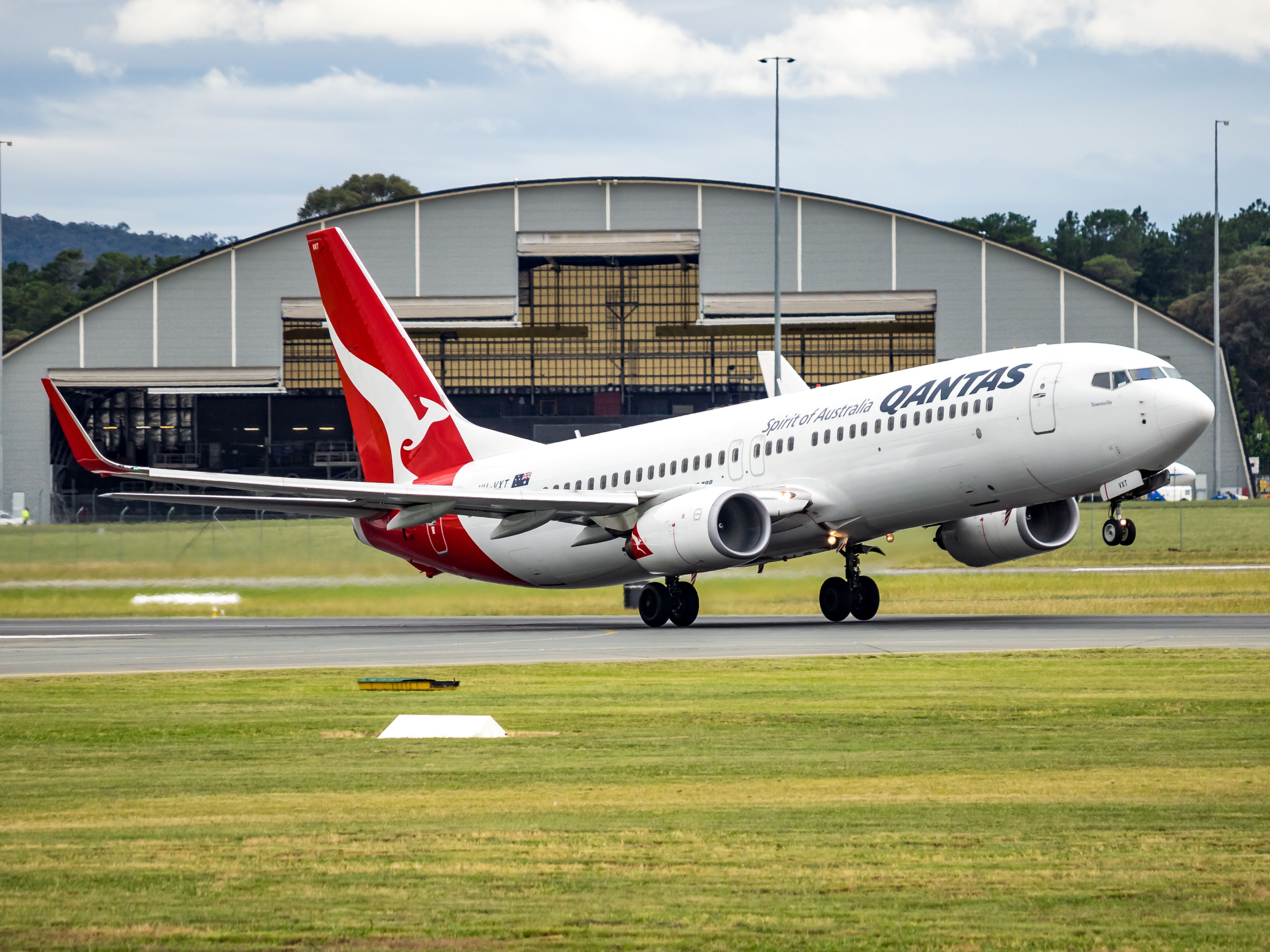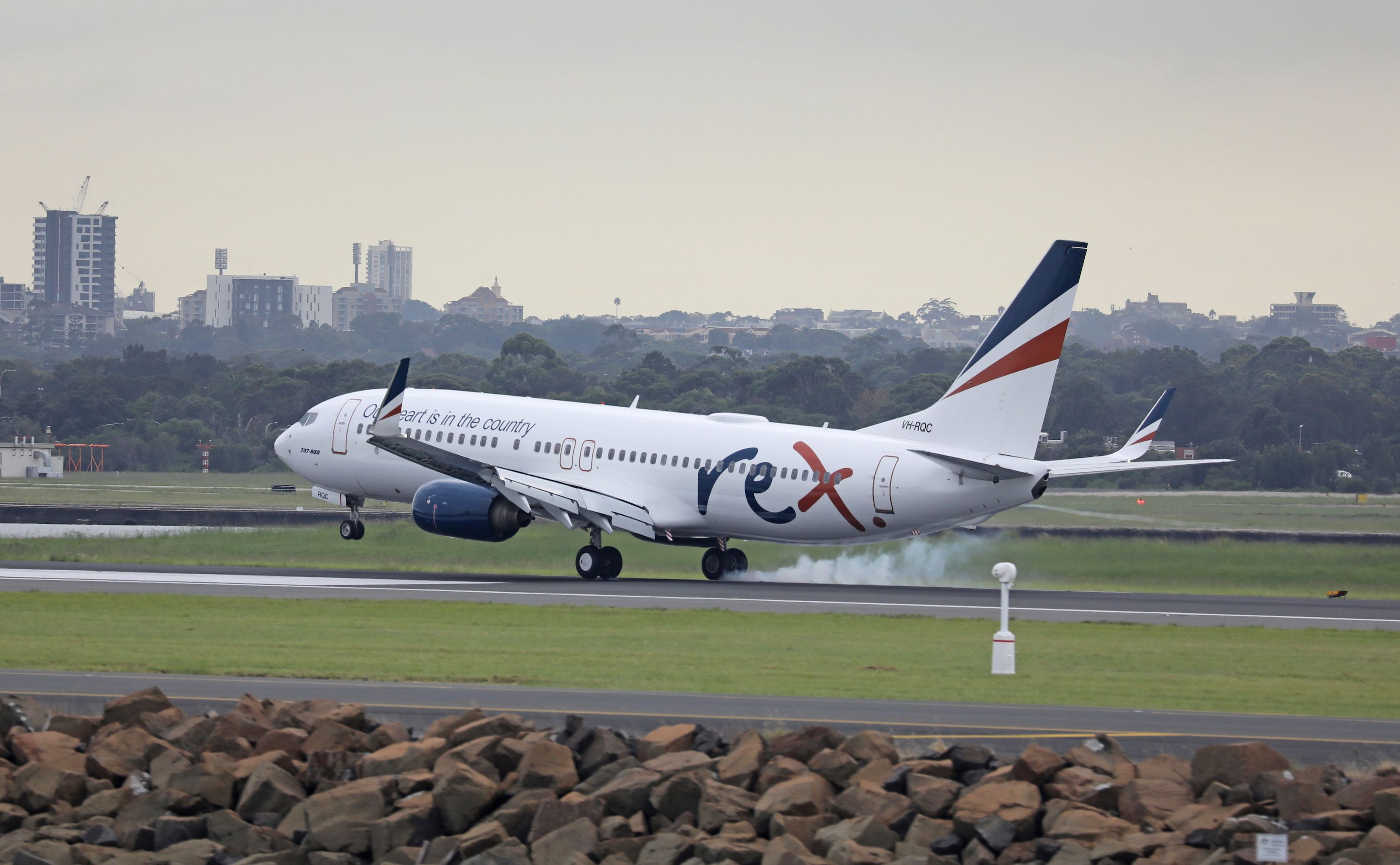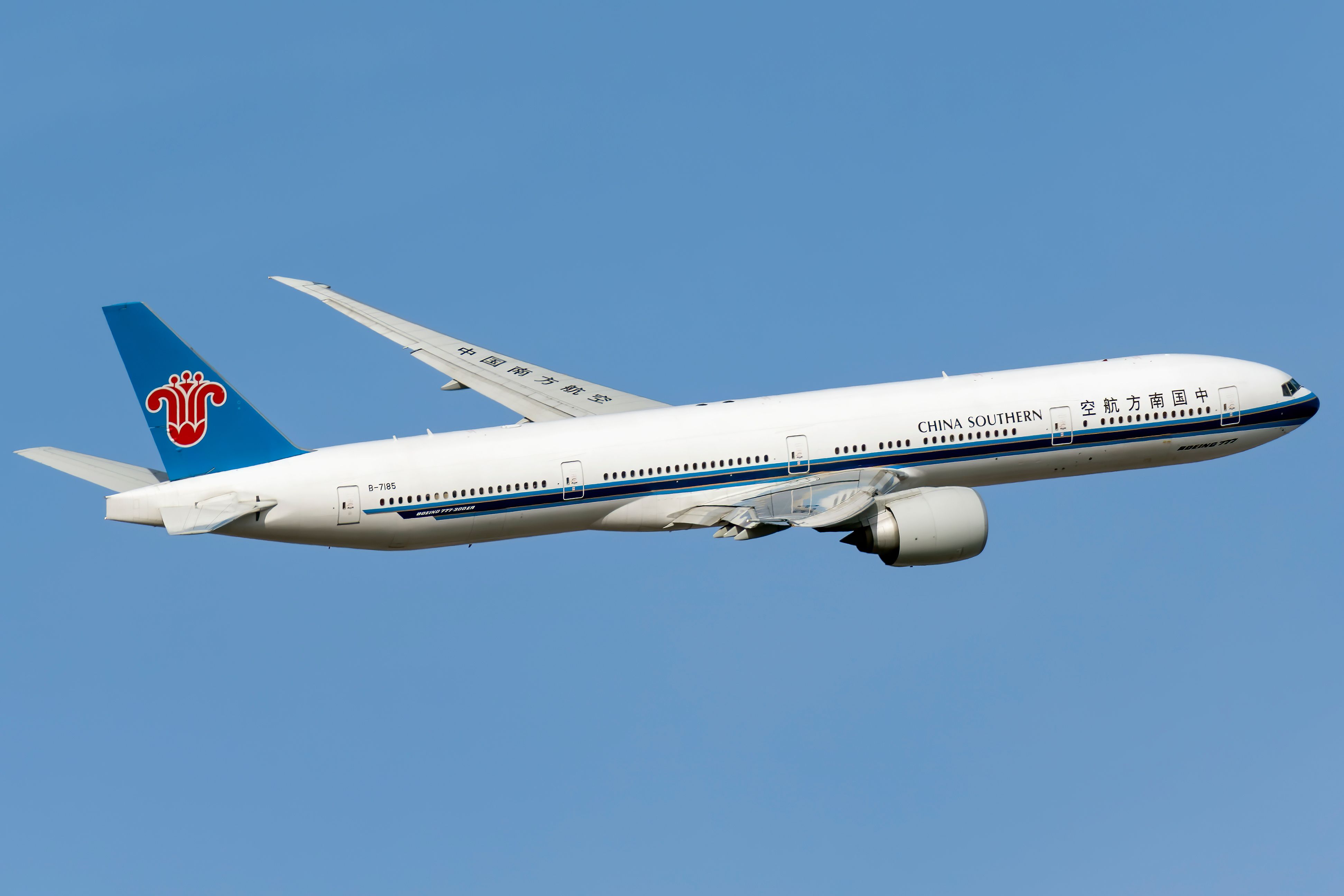After enduring months of rising airfares, Australians might be among the first in the world to see them now falling. According to the Australian competition regulator, average prices across all fare types fell by 13% between December 2022 and January 2023.
More capacity and lower fares
In its latest Airline Competition in Australia report published yesterday, the Australian Competition and Consumer Commission (ACCC) said a rise in seat capacity accompanied the drop in fares. Capacity in January reached 5.9 million seats, the highest it has been since May 2022. Qantas operated 102% of its pre-COVID January 2019 capacity, while Virgin Australia flew 96% and Jetstar 84%.
The link between available capacity and ticket prices is not one that airlines like to make, and as fares rose in the second half of 2022, Australian carriers put high fuel costs in the frame as the primary cause. This was particularly the case with discounted fares, which reached a 15-year high in December but fell by 34% in January.
Of course, fuel costs are a large part of ticket prices, and in February, the price of jet fuel per barrel dropped to AU$166 ($110), a 35% fall since June 2022 but still well above 2019 levels.
While airlines added more seats, passenger numbers actually fell in January, with 4.4 million traveling, 89% of pre-pandemic levels for the same period. The extra seats and fewer passengers saw industry load factors drop to 75%, well down on the 83% reached in October 2022.
The ACCC on the Bonza effect
As its name suggests, the ACCC is all about ensuring Australian consumers benefit from increased competition. Over recent months it has focused on commercial airlines and warned them not to unreasonably restrain capacity to keep ticket prices high, which seems to have been heeded. In yesterday’s report, it devoted significant space to Australia’s newest airline Bonza, and the impact it expects the low-cost carrier will have on competition.
Almost nostalgically, the ACCC talks of days when Jetstar, Virgin Blue and Tigerair brought lower prices to budget travelers that vanished when Virgin Australia turned into a full-service carrier and Tigerair disappeared in 2020. It says Bonza’s arrival is a “significant development for competition in the industry” and is “also the first independent low-cost carrier in the market since Virgin Australia acquired Tigerair in 2013.”
Industry pundits often point to Bonza’s strategy of operating unserved or underserved routes as its weakness. The ACCC brings some competitive insights into why it can be a threat to established airlines, saying in its report:
“The other impact of the new competition is the potential for consumers to be persuaded by the cheap airfares to travel to a destination offered by Bonza instead of an alternative destination with another airline. This could create some competitive pressure on other airlines to offer more attractive fares on certain routes that may be seen as similar in the minds of travelers.”
Perhaps this explains why Qantas, Jetstar and Virgin Australia launched low-priced ticket sales just as the first Bonza service took off from the Sunshine Coast Airport.
Does the ACCC have a thing with Qantas?
During the last nine months of 2022, Australia’s domestic airlines, with the exception of Rex, have been conspicuously held to account for delayed flights, cancelations and mishandled or lost bags. Indeed, this morning, the focus of some media reports was on [so-called] complaints made to the ACCC on the performance of Qantas.
The ACCC report actually said it received 1,740 contacts involving Qantas in 2021/22 and that the airline “needs to do more to adequately invest in its systems, processes and people to dramatically improve its customer services and customer dispute resolution.”
Photo: John Mackintosh/Shutterstock
This is a strange statement for a respected regulator to make, which feeds into the narrative of ongoing problems at the nation’s flag carrier. For a start, it cites a 12-month period from July 2021 to June 2022 in a report published yesterday, so the comments about what Qantas needs to do are hopelessly out of date compared to where the airline is at today. Simple Flying contacted Qantas today, and this is what their spokesperson told us:
“We know there were times last year when we didn’t perform at our best. We apologised to customers and promised to fix it. And since then, thanks to hard work from people across our business, things have improved and we are getting Qantas back to its best. We’ve been the most on-time of the major domestic airlines for five months in a row and our service levels across bags, cancellations and call centres are back to similar or better levels than pre-COVID.
“We’ve also made significant progress to speed up our refund processes and made it easier for customers to use their flight credits. Occasionally things will still fall short, as they did before COVID, but we’ll continue to work hard to keep improving our performance for our customers.”
Airline performance is on the improve
In an almost comical twist, all Qantas has to do is refer the ACCC to its own report, which backs up what the airline told us today. In July last year, Qantas canceled 6.2% of its flights, and 47% of its planes arrived late, so it’s little wonder the ACCC’s phone lines ran hot. However, Qantas canceled 2.8% of flights in January and had 18.3% of arrival flights delayed, compared to the long-term industry averages of 2.1% and 18.3%, respectively.
In the interests of full transparency, Jetstar, a Qantas Group airline, has had a horrible twelve months, with cancellations of 8.8% and delayed arrival of 48.5% in July, only improving to 7.3% and 34.6% in January.
Photo: Rex
The standout domestic airline in Australia has been Rex, consistently leading the performance tables for the second half of 2022. In July, Rex had cancellations of 2.1% and delayed arrivals of 31.7%, whittling that down to 0.7% and 18.9% in January this year.
For completeness, Virgin Australia was at 7.7% cancellations and 47.5% late arrivals in July, improving in January to 2.2% and 26.2%, respectively.
A changed landscape
The Australian airline industry has changed dramatically in the last twelve months, and it will probably repeat that in the next twelve months. The capacity-fares equation is tilting back in the customer’s favor, and now that there is actual low-cost competition, that will only lead to lower fares for budget travelers.
International capacity is ramping up, with Qantas adding three more Boeing 787 Dreamliners this year and Jetstar increasingly using its growing fleet of Airbus A321LRs on international routes. Within weeks of China opening its borders, six Chinese carriers added flights to Melbourne and Sydney, including major airlines such as Xiamen Air, China Southern and China Eastern Airlines.
Photo: Vincenzo Pace I Simple Flying
Never one to miss an opportunity, Emirates is also adding services and said it would be at pre-COVID capacity by the middle of 2023. By December, international arrivals and departures had recovered to 67% and 68% of pre-pandemic levels, even without any impact from China travel.
Will Bonza’s arrival push airfares down in Australia? Let us know in the comments.

_Boeing_787-8_Dreamliner_at_Sydney_Airport_(1).jpg)






